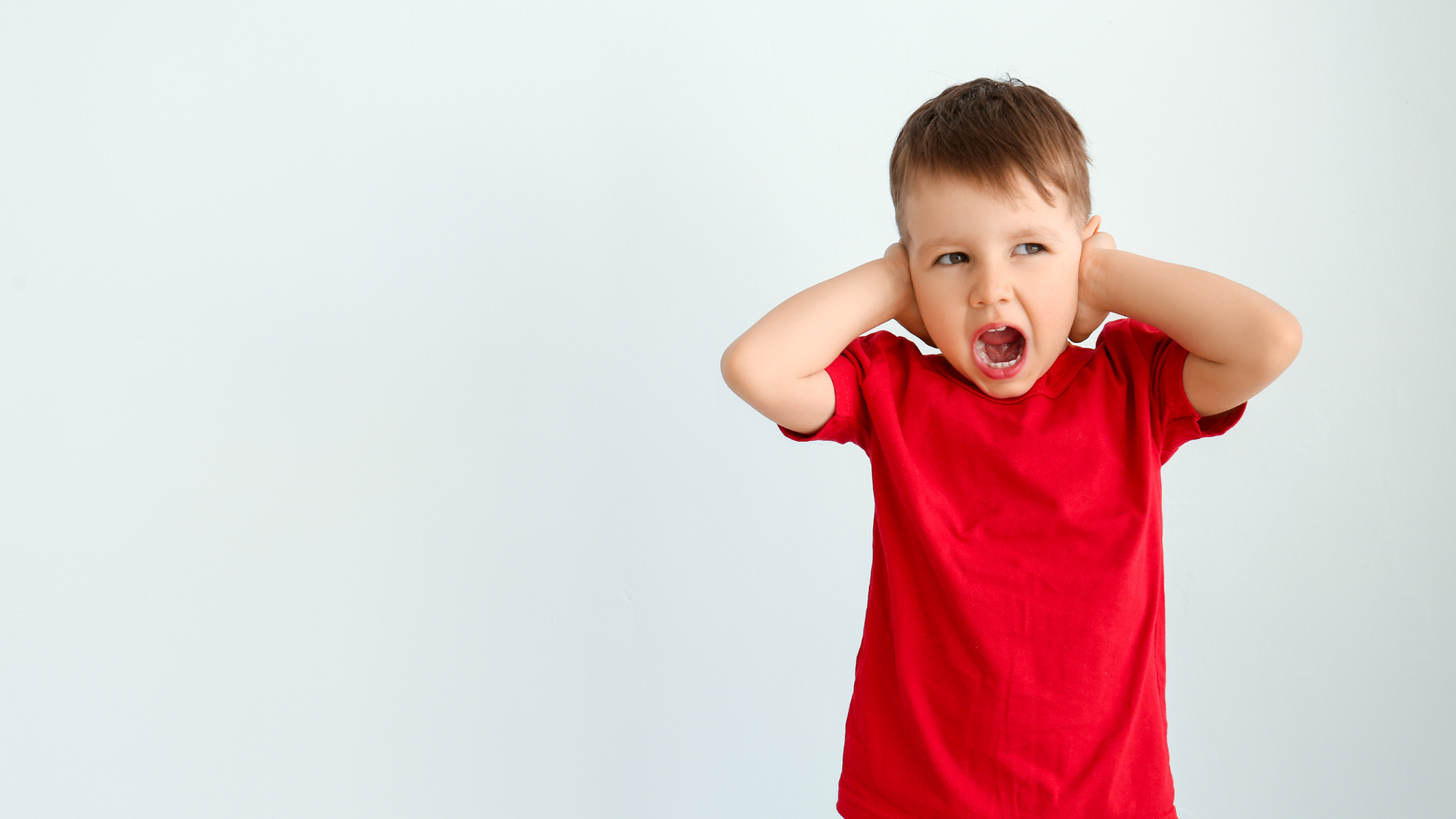Is your child sound sensitive?

Identifying and supporting children who are sensitive to loud noises can be crucial for their well-being and development. In this guide we discuss three clear signs that your child may have a sensory issue with loud noises and five ways to support them.

Signs Your Child May Have a Sensory Issue with Loud Noises
1. Covering Ears or Crying: If your child frequently covers their ears, cries, or shows distress when exposed to loud noises like vacuums, blenders, or hair dryers, this could indicate a sensitivity to sound. This response is often due to the overwhelming and abrupt nature of these sounds, which can be distressing for children with sensory processing issues.
2. Avoidance Behaviors: Children with sound sensitivity may avoid situations where they anticipate loud noises. For instance, they might refuse to enter the kitchen when the blender is being used or stay away from rooms where a vacuum cleaner is operating.
3. Meltdowns or Tantrums: Experiencing loud noises can trigger meltdowns or tantrums in children with sensory sensitivities. These intense reactions are often a result of their inability to process and cope with the sensory input they are receiving.
Ways to Support Sound-Sensitive Children
1. Create a Quiet Space: Establish a quiet area in your home where your child can retreat when they feel overwhelmed by noise. This space should be equipped with comforting items like soft toys, cushions, books, and dim lighting to help them calm down. You can also add a canopy for additional comfort and security. Check out our Calm Corner Kit to get started.
2. Gradual Exposure: Gradually exposing your child to the sounds they find distressing in a controlled and predictable manner can help desensitize them over time. Start with very low volumes and slowly increase the intensity as your child becomes more comfortable.
3. Use Noise-Canceling Headphones: Providing noise-canceling headphones or earplugs can help your child manage their sensitivity to loud noises. These aids can be especially useful in public places or during activities where loud sounds are unavoidable.
4. Communicate and Validate: Openly communicate with your child about their sensitivity. Validate their feelings and assure them that it's okay to feel overwhelmed or scared by certain noises. Helping them understand their sensory issues can reduce anxiety and build coping skills.
5. Incorporate Sensory Tools: Use weighted blankets or weighted toys to provide calming deep pressure input. These tools can help regulate your child's sensory system and provide comfort when they are distressed by loud noises. Check out our weighted plush toy, Calmee.
Supporting a child with sensory sensitivity to loud noises involves a combination of creating safe environments, gradual exposure, and using tools to help them cope. Understanding and validating their experiences is key to helping them manage their sensory challenges effectively.
Weighted Plush Toy for Sensory Input | Calmee the Caterpillar
💚 Calmee is weighted and provides sensory input when wrapped around the shoulders!
💚 Calmee stretches in and out as children inhale and exhale through breathing exercises.
💚 Calmee includes many feet to fidget with and redirect energy in a positive way!
💚 Calmee is super soft and soothing for tactile input!
If you have a child that is sensitive to sounds or needs sensory input, Calmee can help! Click here to purchase Calmee today!




